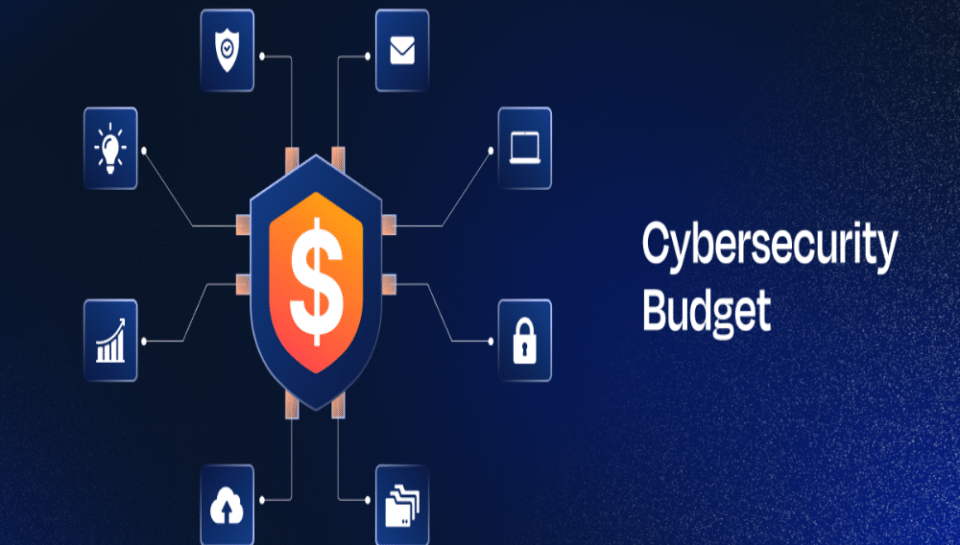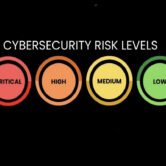
How can startups budget effectively for cybersecurity services?
Identify Core Risk Areas First
- Conduct a basic risk assessment to pinpoint critical data, systems, and workflows.
- Identify high-impact risks (e.g., customer data breaches, IP theft, business disruption).
- Prioritize controls based on value protection, not just threat volume.
- Focus spending on essential services like firewalls, MFA, endpoint security, and backups.
- Avoid overinvesting in advanced solutions too early—scale security with business maturity.
Use Tiered Budgeting Approaches
- Allocate separate budgets for baseline protection, compliance, and team training.
- Invest in foundational tools (e.g., antivirus, cloud security, password managers) first.
- Set aside flexible funds for incident response or risk remediation.
- Include cybersecurity as a line item in IT and operations budgets from the start.
- Consider budgeting by headcount or device to forecast future growth.
Leverage Cost-Effective and Free Tools
- Start with freemium or open-source tools with upgrade paths (e.g., Snort, ClamAV, Authy).
- Use cloud-native security features bundled into platforms like AWS, Google, or Microsoft.
- Take advantage of cybersecurity credits and startup programs from cloud vendors.
- Join industry associations or accelerators that offer subsidized services or vendor access.
- Opt for integrated solutions that offer multiple tools under one subscription.
Plan for Managed Services if Lacking In-House Expertise
- Use Managed Security Service Providers (MSSPs) for 24/7 monitoring and support.
- Outsource SIEM, vulnerability scanning, or incident response if internal resources are limited.
- Ensure MSSP costs are predictable and clearly scoped.
- Compare options based on coverage, response time, and reputation, not just price.
- Review contracts annually and renegotiate as the startup grows.
Track ROI and Justify Spending
- Measure spending impact using metrics like risk reduction, downtime prevention, and compliance status.
- Report cybersecurity progress to stakeholders and investors as part of risk management.
- Compare cost of breach vs. cost of prevention to validate spending decisions.
- Review spending quarterly to identify underused services or potential cost savings.
- Ensure your budget aligns with security roadmap milestones and business expansion plans.





